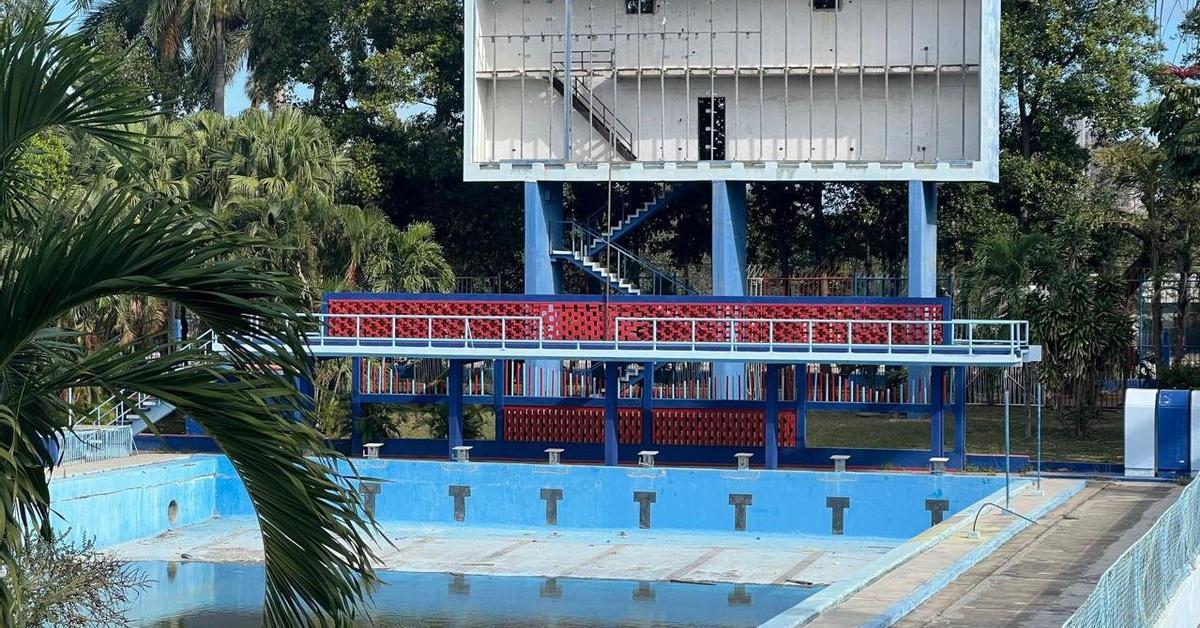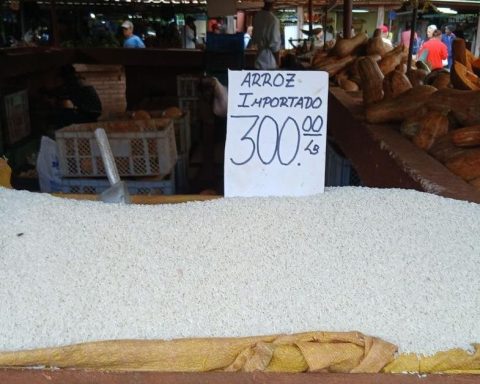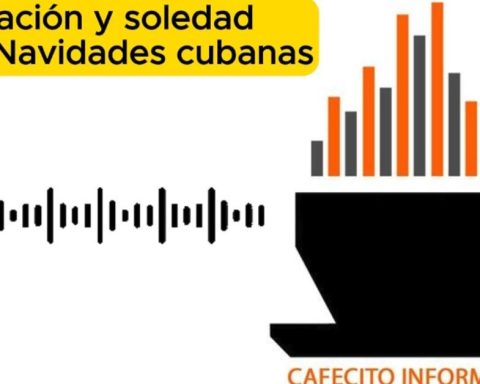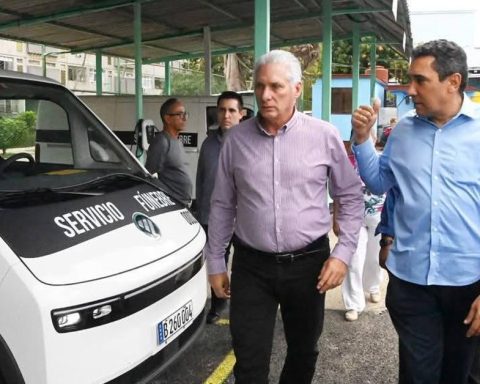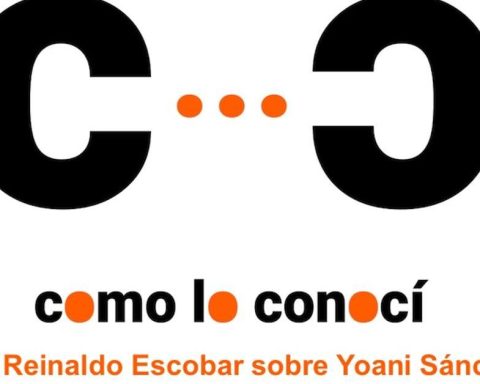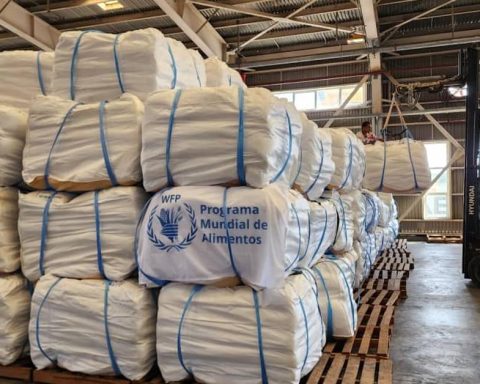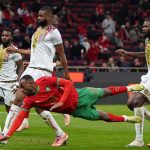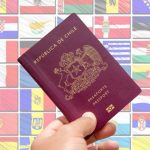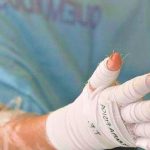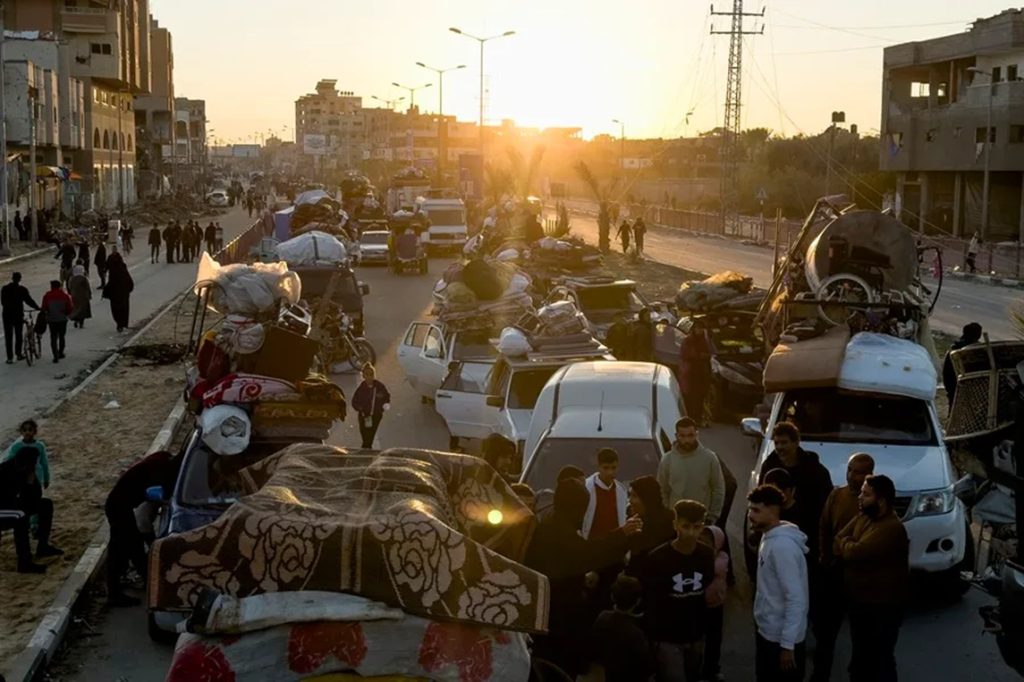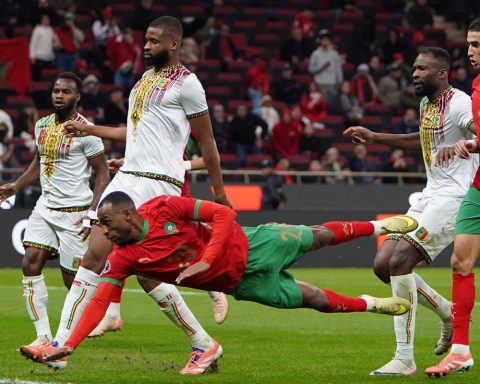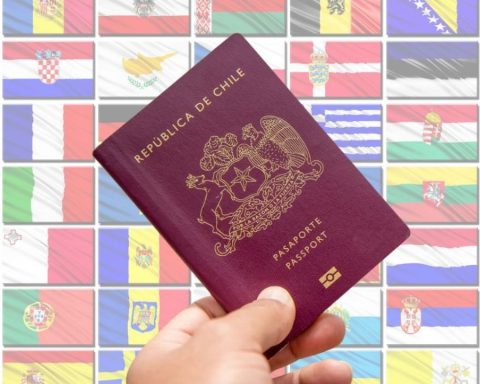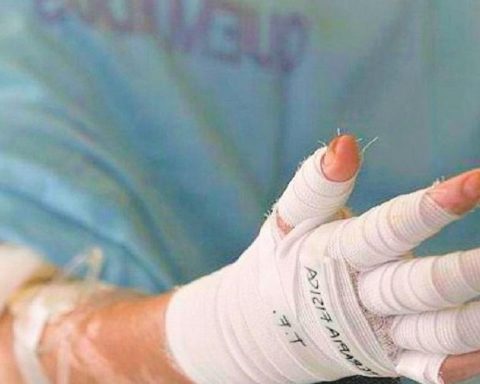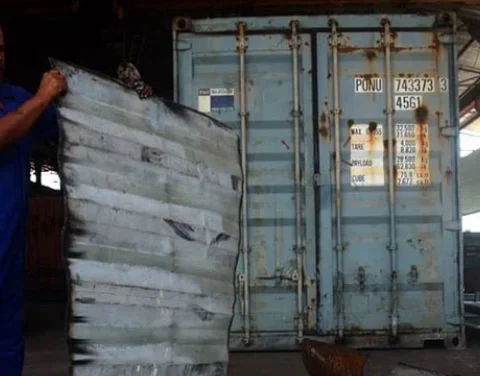Havana/Set of flying or bread with hamburger, the sports city of Havana is not only one of the most important architectural jewels of the city but, above all, the place where they have occurred thrilling events such as the finals of numerous championships and the only concert of the Rolling Stones in Cuba.
Located in an area of confluence of several capital neighborhoods, the great complex, opened in 1958, has become a metaphor of the state of sport on the island. The training areas, the race track, the fields under ceiling and, especially , the swimming pools shout a process of deep renewal that returns their splendor and their role in the formation of young athletes.
Stagnant water has taken a green coloration inside the pools, one of Olympic dimension and the other to practice dive. The cracked and rival interior walls rival damages with the stands where the public was shed, shouted or applauded while their favorite athletes braced. Now a salider has flooded part of the area of the seats from which a nausebound smell comes out.
/ 14ymedio
Attached to the pool area, five courts are extended to practice basketball, but of the ten hoops with which there must only be three left. One of the playing land is also affected by the wastewater that has given an appearance halfway between a swamp and a landfill where all kinds of waste accumulate.
One of the baskets that remained in place collapsed a few days ago and a coach with his students took care of it again, knowing that the employees of the Sports City were not going to take care of the repair. The officials of the National Sports Institute, Physical Education and Recreation (INDER), located in the complex, seem indifferent to the ruin that extends around them.
At the entrance of the INDER, coaches often and their students stop to “capture” the president of that official entity, Osvaldo Vento. Only after insisting a lot and denouncing the deterioration of the areas, the official agrees to send some workers to evaluate a fallen hoop, a racing area full of herbs or the masonal waters that accumulate in part of the land. Most of the time there is hardly a “momentary removal”, denounces a basketball teacher.
The neighbors avoid the night area because its multiple holes in the fence and the lack of surveillance make it a dangerous area. During the day, some residents of the hill or new forbidden to run, do calistenia or simply cross the complex to cut the way to their destination. The crossing must be careful, because the holes and the high grass can hold surprises.
/ 14ymedio
His current state does not surprise anyone. Since its creation, the Sports City has only received two capital repairs. The first, with a view to the 1991 Pan American Games in the Cuban capital, and the second, as part of the activities for the 500th anniversary of the Villa de San Cristóbal de la Havana. Five years after that birthday, the cracks of a renewal that had more superficial painting than deep intervention have emerged.
In the memory, yes, there are some stories of his past. As that day of December 28, 1954, one day of the innocents, when the Cuban picaresque was exposed in the land where the sports city was then built. Probably influenced by the devastating impact of the World War From HG Welles, the rumor was ran – shown by the news that the national press – from landing in the vicinity of a flying saucer.
Thousands of curious came to the place, there was even talk of mobilizing the army and, finally, from the interior of the artifact they left, disguised as Martians, several famous Cuban actors and singers, including the popular Fornés Rosita. The “close contact” with the Havana was accompanied by a musical piece that said: “The Martians arrived already / and arrived dancing Chachachá”, composed of Rosendo Ruiz.
70 years have passed since that memorable day and the promises of making that area have been fulfilled a modern area, with tip infrastructure. Nor are the enthusiastic public and the thousands of voices that once filled the land of the Sports City.
/ 14ymedio
